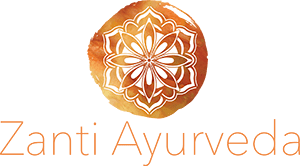In most of my consultations, I find myself explaining and reassuring my clients. Right now we are at a critical time in the health of our society. This is already limiting our social and community gatherings. I sincerely hope this blog can reassure and settle concerns for parents as Covid-19 precautions may mean voluntary or forced home-schooling.
When we decided to home-school in 2008, I had done a lot of research, but had some serious time limitations with a brand new baby. I didn’t know exactly how it was going to roll out, but I had been advised of these main things:
- Home-school associations advise parents to TAKE TIME OUT. They say, for every year schooling, it takes 1 month to debrief. So, initially, take some time to just BE. Sleep in, hang out, rest.
- Don’t make this into SCHOOL AT HOME. 6 hours sitting at a table with books is asking for a gargantuan family meltdown.
- Don’t compare yourself to others or worry about grades – you really won’t realise how much your kids are taking in until they regurgitate some little bit of information 3 months after a seemingly uneventful moment.
- Most primary students can cover their core learning in just 40 minutes a day.
In the end, it was my SELF-IMPOSED pressure which nearly sent me batty. This next nugget, I learnt all on my own and it was the absolute GOLD in my home-schooling journey of 5 years:
Follow YOUR passion.
YOURS initially, not theirs. The children’s passions will kick in when you’re busy doing something you love and away you’ll all go. Always return to YOUR desires and needs when you feel yourself struggling.
I remember one particular day when everything from eating breakfast to fruit snack to math to bug watching was a miserable battle. I gave up. I literally threw a big wobbly and told the kids to do whatever they wanted. I stormed off, leaving them with their books and equipment. I went into the other room and sat on the floor to work on my crochet rug, also maybe sulk a bit.
Within 15 minutes, the kids had packed away their activities and I had 3 kids sitting by my feet asking for some wool and a hook. They played, joined in a little, the eldest learned some finger knitting (really crochet) and we all chillaxed.
That moment was like angels singing through a sunbeam shining right on me!
Change for the Better
From then on, I started with what was RELEVANT. This might have been in relation to where we were/ what the season was doing/ what someone had asked me/ what our library visit revealed….and if all that failed, what I THOUGHT WAS INTERESTING. This included things like looking at the garden leaf litter through a microscope and seeing all the bugs, or gardening, or making pasta from scratch, or slime, or making a sculpture completely from recycled materials and entering it into a competition, or learning about the shells on the beach.
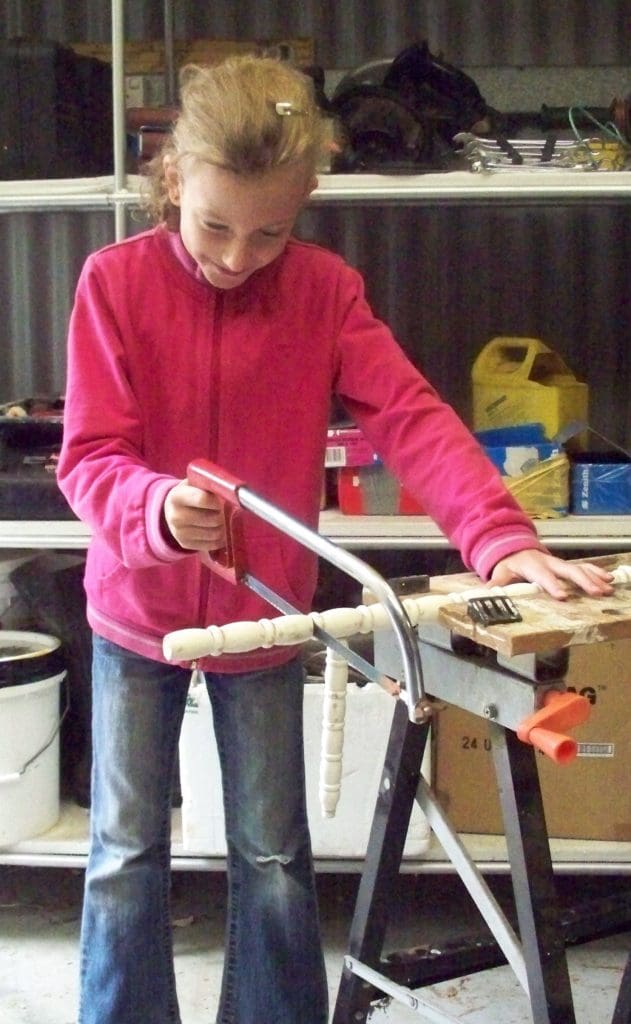
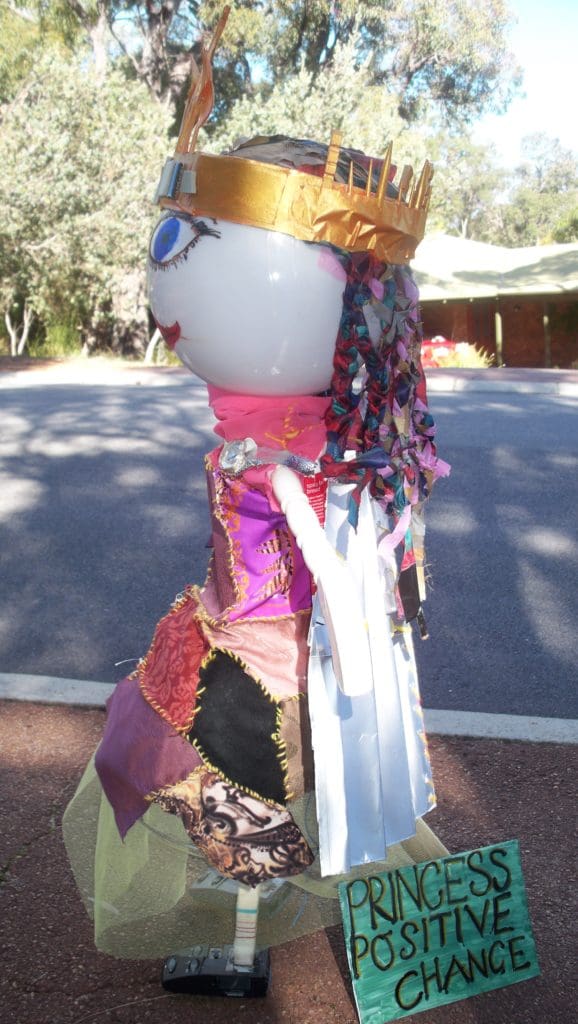
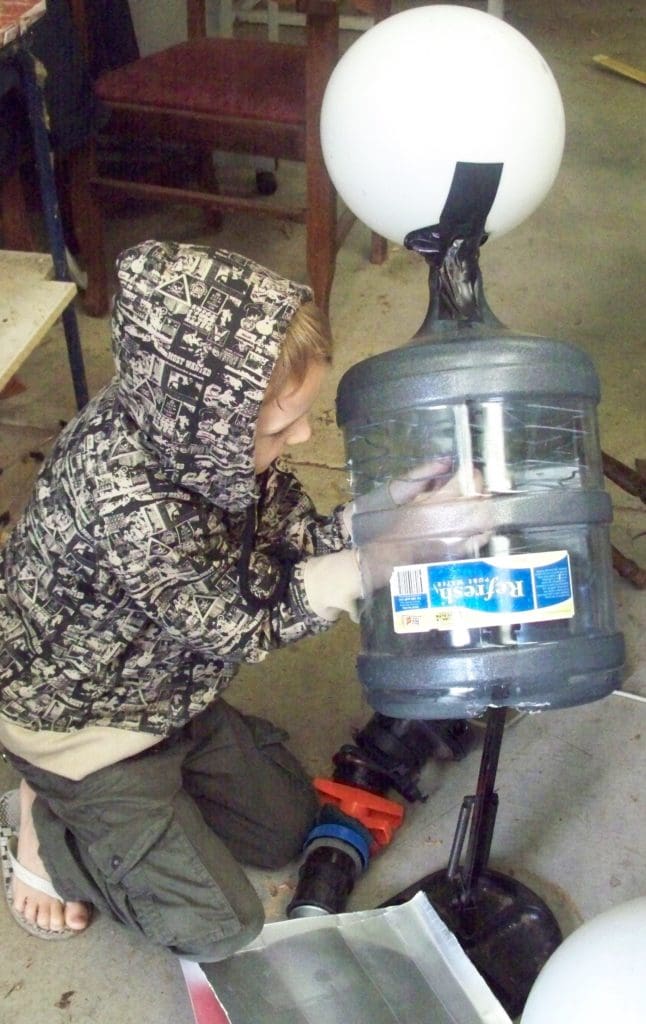
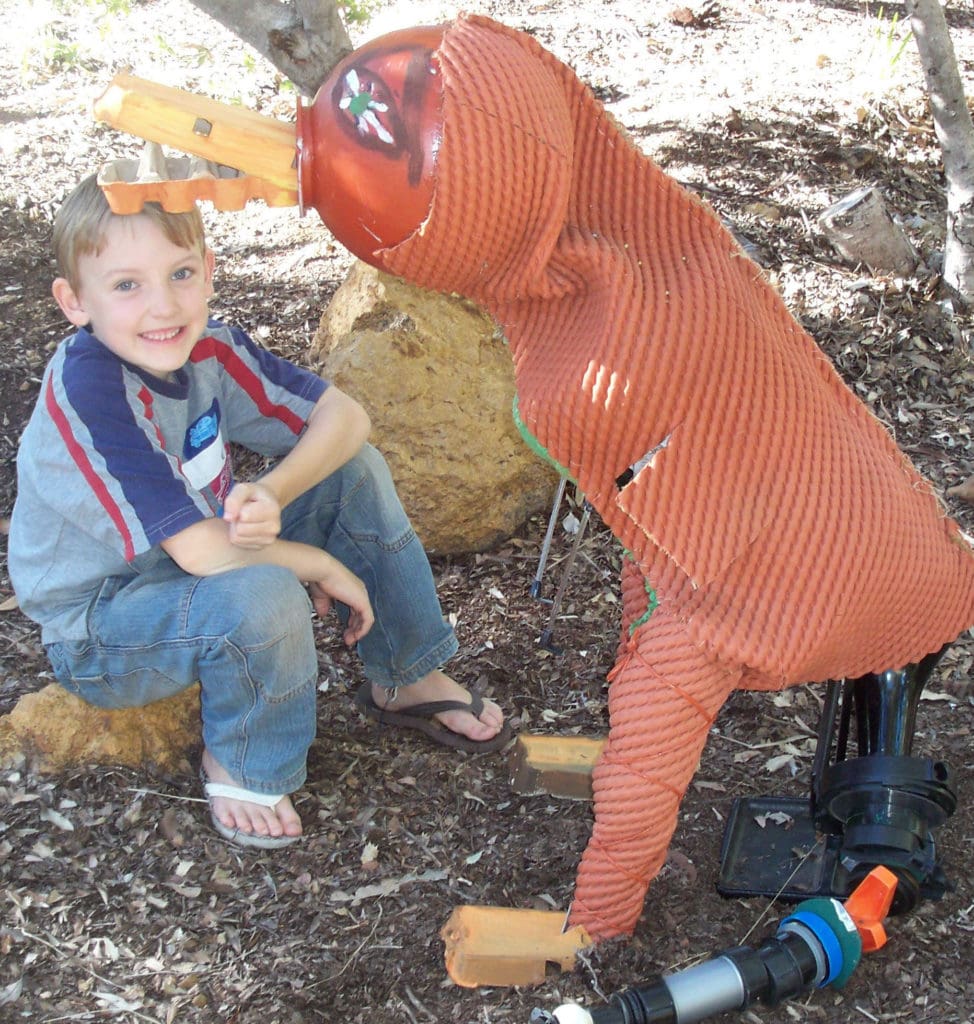
Meeting MY Needs
At other times, the learning was based around what I needed to get done. Everyone learned how to use the washing machine and we would cook the most amazing meals together. Cooking has planning, measuring, volumes, time and currency involved. The kids wrote all the shopping lists and sometimes even had to estimate the costs before getting to the checkout.
If we went somewhere new, the children used a UBD (Urban Business Directory map book – ancient history!!!) and mapped out our route, then navigated for me. Picnics were put together by the children while I did other tasks and their help in the kitchen was priceless.
What was once chores, became just part of life that we did in the routines of our every day. My son wanted to keep a rooster. It was noisy at 5 am, so a cat carrier and blanket were employed and our cocky bird boy slept in the garage overnight. It was my son’s responsibility to put him away at night, and take him back to the pen in the mornings, feed the chickens and collect the eggs. It was not a chore though, because it was desire to keep the rooster as his breeding pet. Then there were fun opportunities like when we got a new dishwasher, we let the children dismantle the old one.
Follow the Bliss
I hope this example can show you how this works. The shell collection on the beach became drawing and water colour painting. There was a shells book where we were staying, so we looked up the scientific names for our finds. Then the questions about the different types of shells led to learning about bivalves, mollusks, invertebrates and other animals native to the bay. We looked into the anatomy of certain sea creatures. Next the kids then wanted to know how the names were decided, so overnight I learnt as much as my brain could manage and translate to them about scientific nomenclature including kingdoms, species, classes and more. Our shell collection on the beach had turned into a 4-day marathon of deep and impassioned learning.
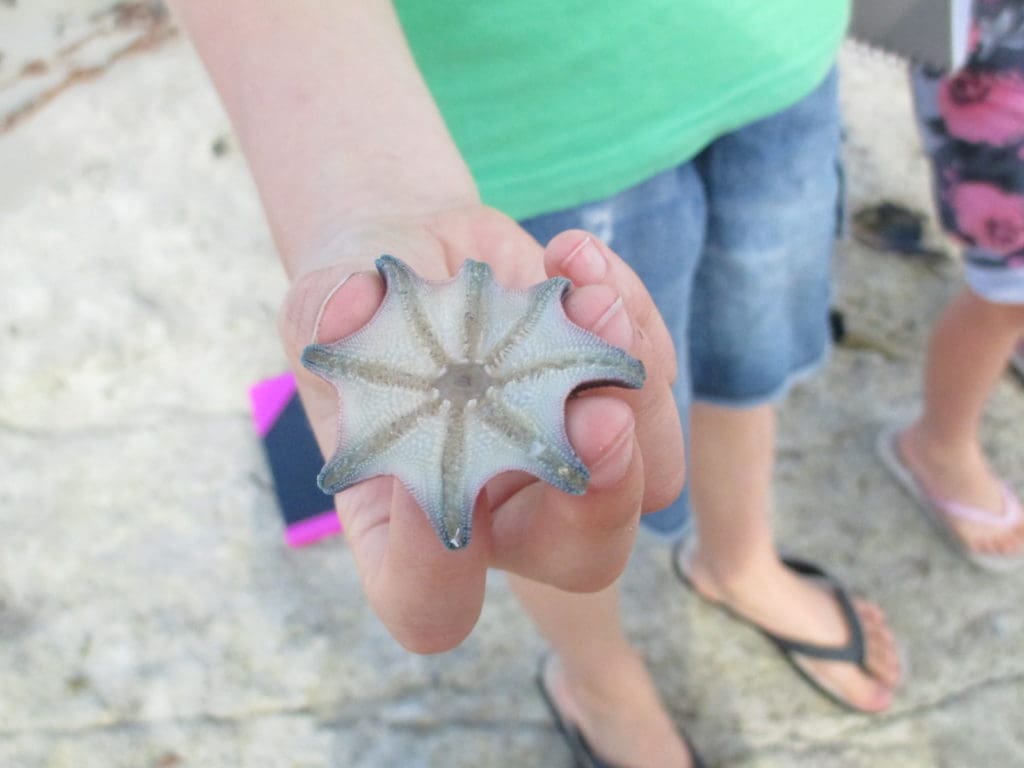
One day we spent 6 hours with the blinds closed, popcorn and a pillow nest, watching Harry Potter. We stopped and rewound as we listened to the main riff (musical theme), noticing how it repeated with different instruments, different speed and moods for the different scenes (scary/victory/love etc.). This led to pulling out my old musical dictionary and a library visit in search of information on musical instruments, discussions about how they work and some joyful sounds on the recorder. There was a journal entry about this too.
Reading was easy for my eldest but a boring chore for my son. We went to the library many times before he found a book he W.A.N.T.E.D! It was a 300-page tomb on raising chickens. From there we found ourselves building a chook pen from saved building materials, learning about eggs, going to poultry auctions, candling eggs and hatching chicks. He’s still not an avid reader, but he learned to read in order to decipher what he wanted in that chicken coop!
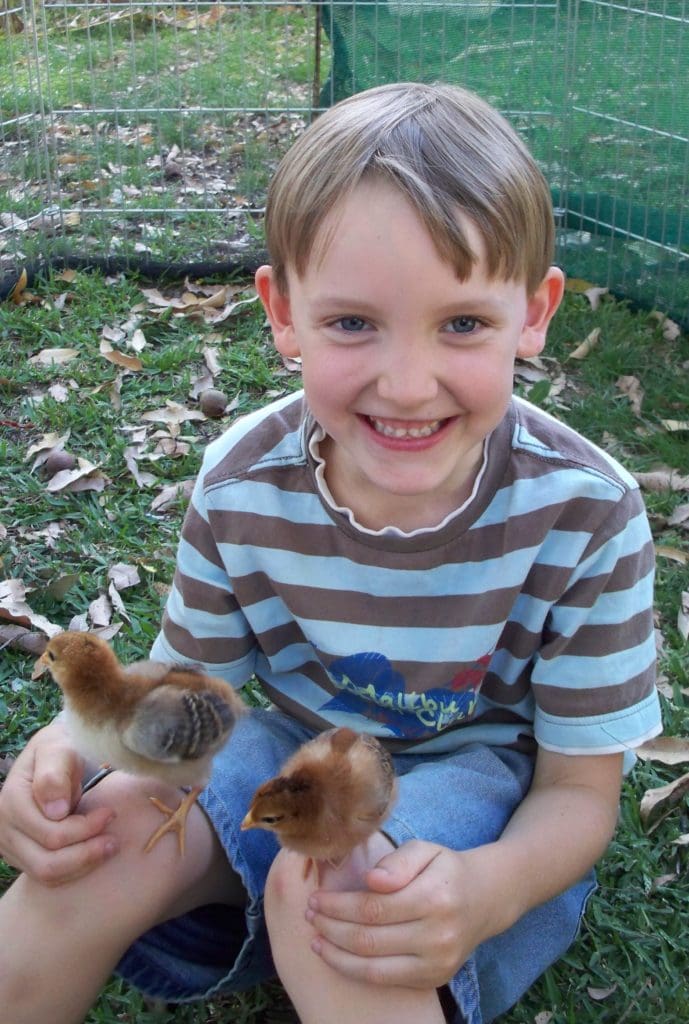
Adventurous life-long learning
Some days we just had a ‘home day’, resting, reading and generally recuperating. Our home-schooling life was a real adventure though. I know some of these things won’t be possible in the current climate but there are new things like the Libby library app, great internet tutorials and fantastic kids science shows on TV and Netflix.)
We joined a milk collective and collected 100 litres of milk from a dairy once per month. Driving home was always filled with imaginings of milky accidents. I learned to make milk kefir, sourdough using kefir, ricotta and mozzarella cheese. The girls learned Irish dancing. Our son learned Architectural drawing at age 7, my daughter was interested in geography at age 8.
We went for walks and drew the autumn leaves in the park using crayons, we collected leaves and made wreaths, we used giant butcher’s paper and wrote down the family learning desires and later found we had naturally met most of those. We made pasta, cheese, cubbies, sculptures, blankets, giant Lego creations, dinky car garages (using toilet rolls and old boxes), bred chickens, made veggie patches, grew flowers, collected monarch butterfly cocoons and watched them develop and hatch, bred guppies, sent leaf boats down the creek, got 40 books out of the library at a time, read all day, baked and ate so well you’d be jealous. We had picnics on the trampoline, dyed carnations with food colouring, tested foods for pH indication (look it up), cataloged the shells on Dirk Hartog homestead beach (yes, very lucky), went to countless playgrounds, visited the beach in all seasons, made mud pies, practiced math with honky nuts, gum nuts and leaves, made our own Easter eggs, made our own Christmas wrapping, tie-died, sewed, had fantastic costumes and wore dress-ups all day. We made stop-motion movies, played garage band, played musical instruments, The kids made reticulation musical instruments while installing a new garden. We sat by a rock pool and cataloged the life there, stayed up late to watch meteorite showers, made train tracks that went all the way through the house, made soap, stayed healthier, had plenty of time with friends in the outdoors.
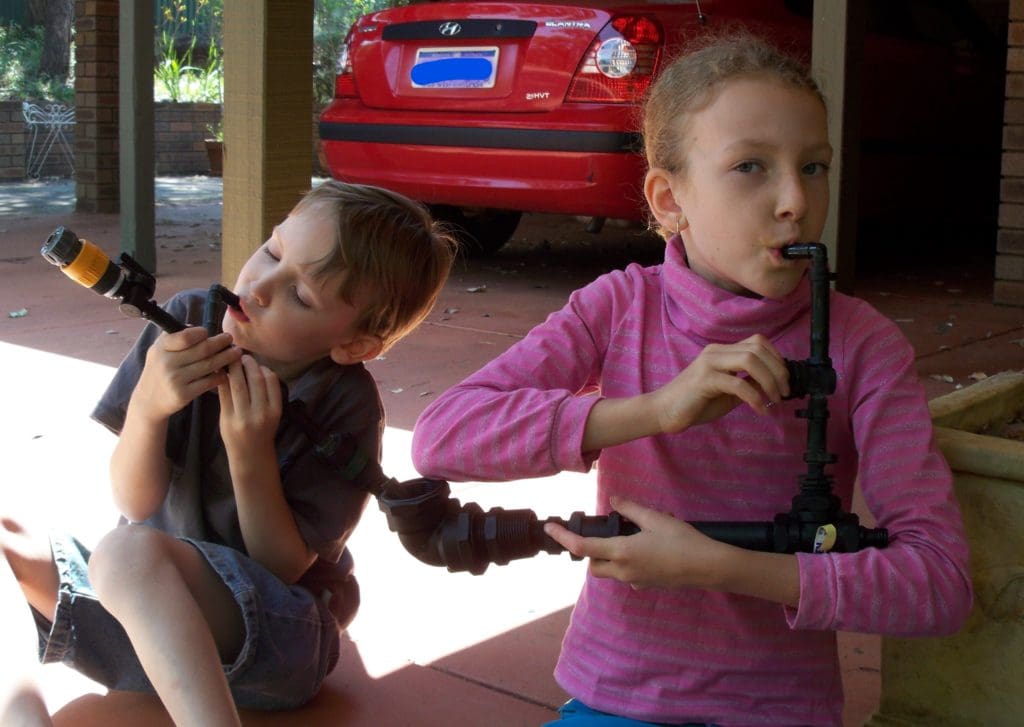
Life can be simpler and sweeter
I estimated that with a 1, 6 and 7 year old, we saved 3 hours each day in getting ready for, arguing and dawdling, travelling to and from and doing homework for school. This opened up many, many hours for play. We saved fuel, saved money on clothes, reduced food waste, rested when we needed to, got our jobs done together and were generally healthier.
Most of all, we learned to live with each other. This took time. Home schooling is a lifestyle – not a jail sentence. Relax into it and do all the things you’re interested in. Your infectious interest will spark tangents that you never expected.
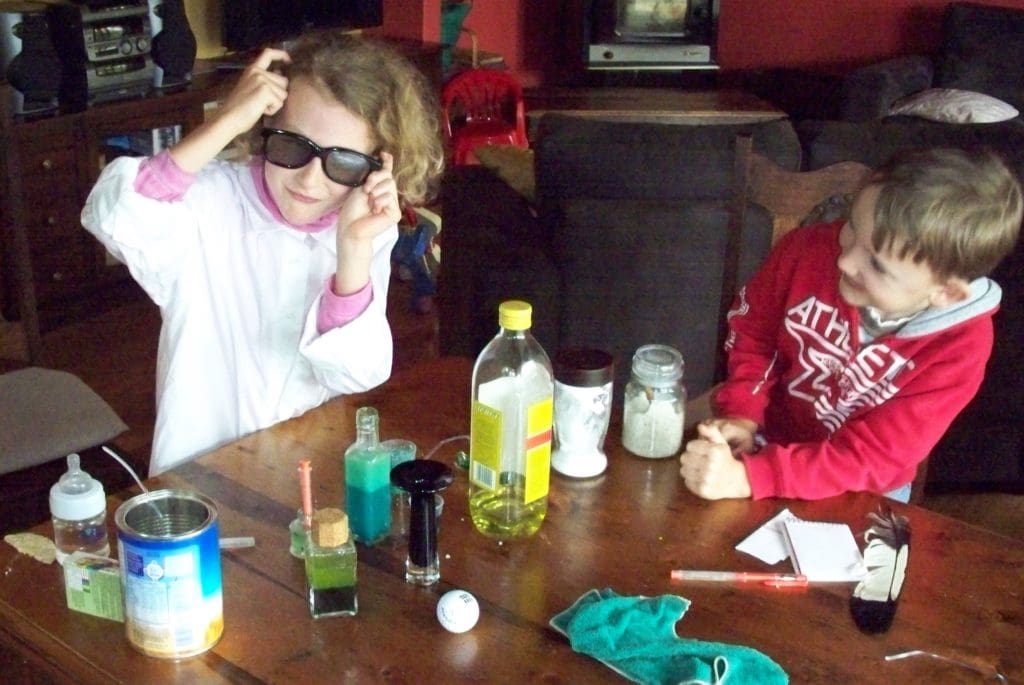
Opportunity
While you’re at it, make sure your kids know their times table and check in on their basic math and spelling. Read aloud and be sure they understand. You have an opportunity to pick up gaps that their teachers don’t have time to see. This is an opportunity to help your kids REALLY learn how to learn, through immersion in a topic and following it to completion. You don’t need to be a teacher, you need to be an interested parent.
I would have gladly continued home-schooling until my children graduated, but our circumstances changed. Back in regular school, my children have done very well. They get great grades, and are all able to converse with adults and peers equally. When something moves them, they are prepared to bravely stand up, speak up or go for it. My youngest recently stood up in front of 200 adults at a conference to make a comment and last week auditioned for a program in which she had no previous experience. They surprise me all the time, but I firmly believe our home schooling taught our children how to learn and be interested in the world around them.
